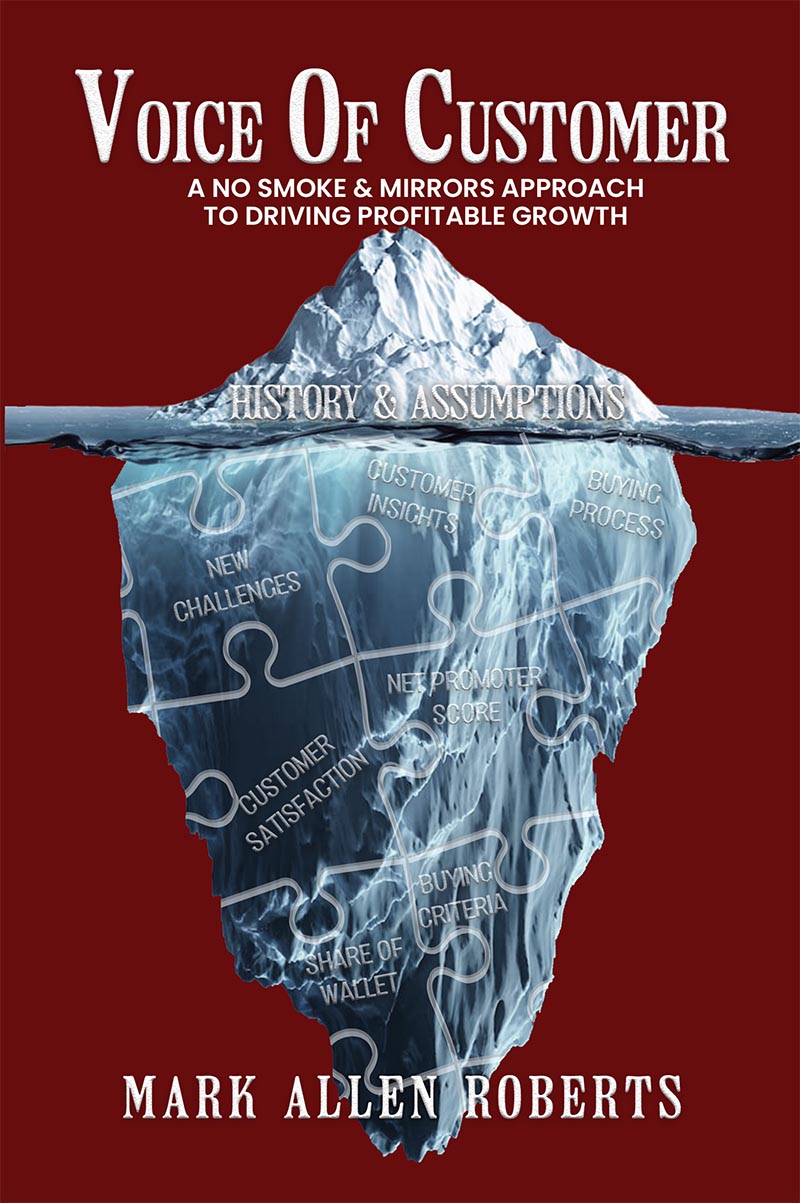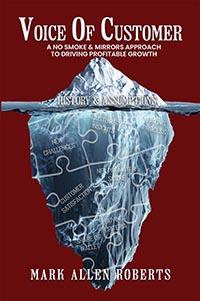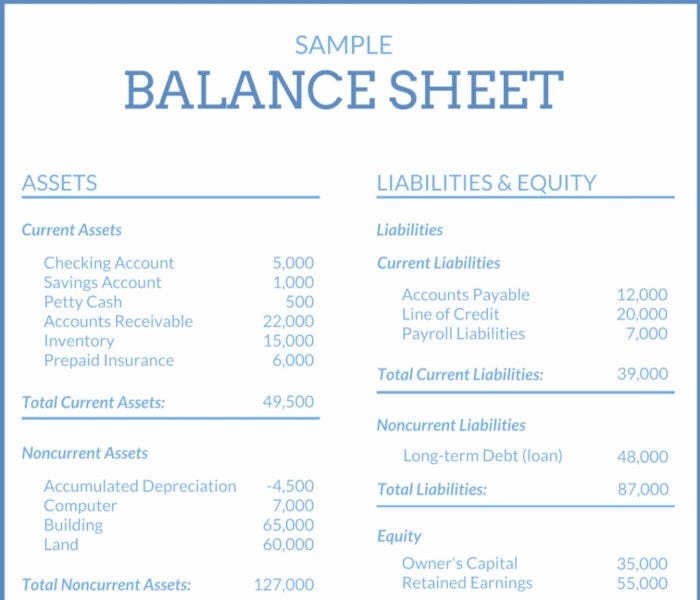Riding the Wave: How the Grey Tsunami Will Impact Sales Organizations Conversations and Approach
The global phenomenon of the Grey Tsunami, characterized by an aging population, is set to create ripples across various sectors, including sales organizations. As the demographic landscape shifts towards an older population, sales teams must adapt and strategize to cater to this growing market’s unique needs and preferences. In this post, we will explore how the Grey Tsunami will impact sales organizations very shortly.
One immediate impact on sales organizations is the changing consumer behavior of seniors. With increased life expectancy, older individuals maintain active lifestyles and remain influential consumers. Sales teams need to understand this demographic’s diverse interests and preferences, from tech-savvy seniors seeking the latest gadgets to those prioritizing health and wellness products.
“As the Grey Tsunami leads to a surge in the aging population, there will be an increased demand for healthcare-related products and services.”
The healthcare and medical supply sector stands to experience a significant shift in sales dynamics. As the Grey Tsunami leads to a surge in the aging population, there will be an increased demand for healthcare-related products and services. Sales teams in pharmaceuticals, medical devices, and health and wellness industries must tailor their approaches to reach and serve this demographic effectively.
Moreover, the Grey Tsunami presents an opportunity for sales organizations to innovate and create products that cater to the aging population. From adaptive technologies to assistive devices, there is a growing market for solutions that enhance the quality of life for seniors. Sales teams should invest in understanding older consumers’ unique challenges and tailor their offerings accordingly.
“The Grey Tsunami may pose challenges for industries traditionally targeting younger demographics. Sales organizations in sectors like fashion, entertainment, and technology may need to pivot their strategies to remain relevant to an older audience.”
Conversely, the rise of the Grey Tsunami may pose challenges for industries that traditionally target younger demographics. Sales organizations in sectors like fashion, entertainment, and technology may need to pivot their strategies to remain relevant to an older audience. Creative marketing and product positioning can help bridge the generational gap and appeal to a broader consumer base.
The importance of personalized and empathetic sales approaches cannot be overstated in the era of the Grey Tsunami. Sales representatives should be trained to understand older consumers’ unique needs and concerns, fostering a customer-centric approach that builds trust and loyalty. Building long-term relationships becomes paramount as seniors often value reliability and a sense of familiarity in their purchasing decisions.
As sales organizations adapt to the Grey Tsunami, embracing technology becomes crucial. Online platforms and e-commerce solutions should be designed with the aging population in mind, ensuring accessibility and ease of use. Training sales teams in digital communication methods can enhance their ability to connect with older customers who may prefer virtual interactions.
“Succession planning will not just be conversations for Human Resource teams, but something strategically discussed in boardrooms.”
Sales organizations with top-producing sales leaders in this age group will experience an exit that could negatively impact revenue, gross margin, and account retention. Succession planning will not just be conversations for Human Resource teams but something strategically discussed in boardrooms.
Sales structure and the skills of sales roles must be updated, and sales training programs must prepare the next generation of sales leaders. As we assess new salespeople today, we find common sales skills gaps in some of the following areas.
Situational Awareness
Emotional Intelligence
Figure-it-out Factor/ Critical Thinking
Consultative Selling Skills
Conversation Skills
Problem Solving
Handling Objections
Discovery Skills
Qualifying Skills
Industry Trends and History
Handling Difficult Conversations
Negotiation Skills
Closing Skills
Coaching Skills
Business Acumen
Key Account Management
Hunting Skills
Farming / Account Management
Associates entering a sales role today are typically trained in products, applications, some market training, systems, and processes but often lack sales skills training. As we assess current and new sales team members, we are finding more than 50% of salespeople have not received formal sales skills training. If sales skills training does not include peer-to-peer learning, key market intelligence, best practices and insights could be lost forever in some organizations.
As someone in this Grey Tsunami demographic, I have been blessed with training like Dale Carnegie, Frito Lay Selling Skills, and situational and conversation intelligence training. Books like How to Win Friends and Influence People were ingrained in our sales approach.
In conclusion, the Grey Tsunami presents challenges and opportunities for sales organizations. Adapting to an aging population’s evolving needs and preferences, innovating products and services, and implementing technology solutions will be key strategies for success. Training and coaching your current team to fill the positions once held by your senior top performers will become critical conversations organizations will be having. ( if they do not have them today) By riding the wave of demographic change, sales organizations can position themselves to thrive in the era of the grey tsunami, which requires acting now.
Let’s schedule a call if your team wants to discuss succession planning, sales skills training, and improving situational and conversational intelligence skills










